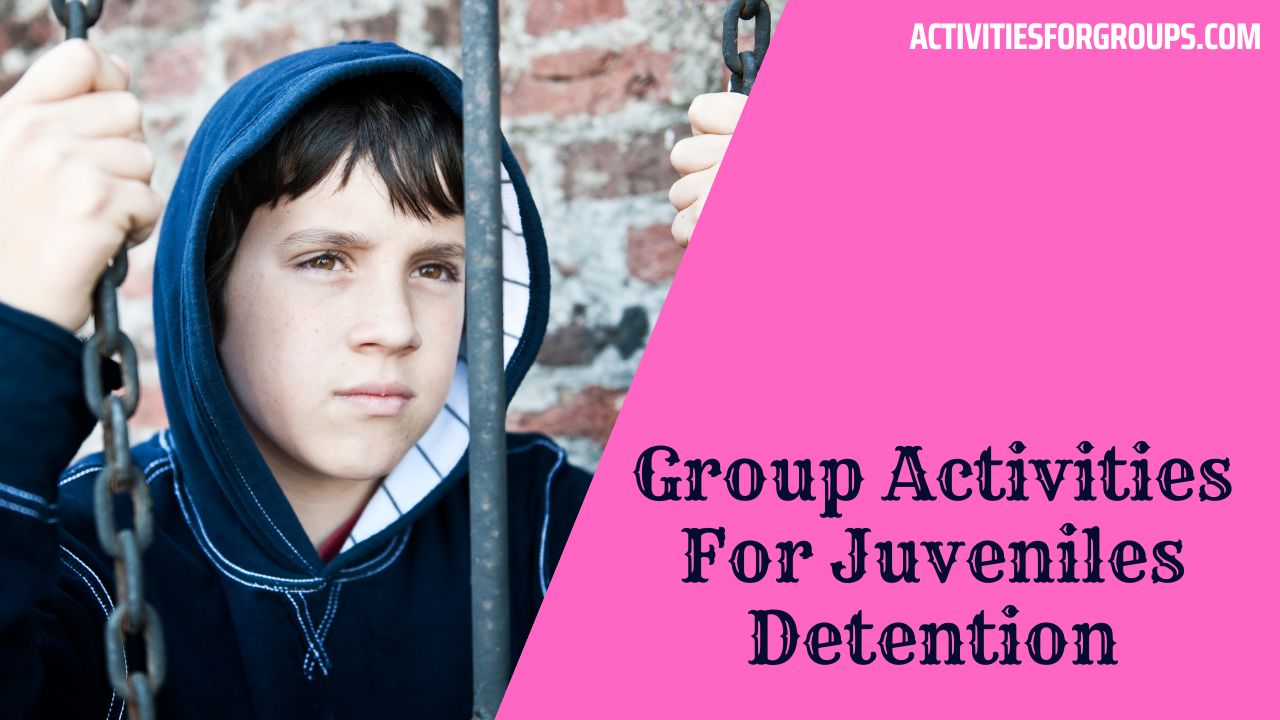Are you looking for a way to make your sports day event more exciting? Planning competitive indoor group games is a great way to keep your guests entertained.

Here’s a guide to help you organize the perfect game day, including gathering supplies, establishing rules, choosing games, setting up the area, and finalizing the details.
Ready to get started? Let’s go!
Gathering Supplies
Your event’s success depends on you gathering the necessary supplies. Whether you’re hosting an indoor sports day event for a corporate team building exercise or a school-wide celebration, you need to plan ahead and make sure you have the proper supplies for each game.
Start with the basics: a good supply of balls, cones, and other sports equipment. You should also consider any team-building supplies you may need, such as items for socializing and team building activities. Make sure you have plenty of markers, paper, and other materials that can be used to divide players into teams, create game rules, and track scores.
Finally, you should make sure that you have enough space and seating for all of the participants. If possible, you should also have a designated area for participants to store their belongings during the event.
Establishing Rules
Once you’ve gathered the supplies you need, it’s time to establish the rules for the competitive indoor group games. This is an important step that shouldn’t be overlooked as it sets the tone for the activity, defines team dynamics, and ensures player safety.
Here are the steps to take to create a ruleset for your event:
- Define the Objective: Clearly define the goal of the game. Make sure it’s easily understood by all players to avoid confusion.
- Discuss the Rules: As a group, discuss the rules of the game to ensure everyone is on the same page. This is an opportunity for players to ask questions and provide input.
- Write Down the Rules: After the rules have been established, write them down in a concise manner for all players to reference. This serves as a reminder before, during, and after the game.
Establishing the rules is critical for creating an enjoyable, safe, and competitive atmosphere for your indoor group games. It helps ensure everyone is on the same page and allows for a smooth, enjoyable experience.
Choosing Games

Once you have established the rules, it’s time to choose the games for your competitive indoor group games event. With so many possibilities, it can be overwhelming to decide which games are best. Remember, the goal is to create a fun and energetic atmosphere that promotes team building and keeps energy levels high.
To narrow down the selection, consider the size of the space you have, the age group of the players, and the time limit you have for the event. It’s best to avoid games that require a lot of equipment, or ones that require a lot of running around. Games like charades, scavenger hunts, or trivia are great options.
You should also consider the competitiveness of the players. Games like bingo, horseshoes, and Twister can be adjusted to be more or less competitive, depending on the players. If you want to add an element of surprise, you can make some of the games a surprise until the day of the event.
Finally, it’s important to select games that are easy to explain and understand. If the rules are too complicated, players will be confused, and it will take away from the energy and fun of the event. Try to choose games that are easy to explain and that have simple rules.
Choosing the right games is essential to having a successful competitive indoor group games event. Make sure to select games that are fun, energetic, and promote team building. With a little bit of creativity and organization, you can create an event that will be remembered for years to come.
Setting Up Area
After selecting the games, you’ll need to set up the area to ensure the event runs smoothly. This includes:
- Space Planning:
- Decide on the size of the playing area.
- Establish boundaries or lines.
- Make sure there are enough chairs and tables.
- Safety Protocols:
- Ensure the playing area is free from hazards.
- Assign an adult to observe the area at all times.
- Make sure all participants have proper safety gear.
- Equipment Setup:
- Gather and organize all the necessary equipment.
- Set up the area accordingly to the rules of the game.
- Make sure all the tools and supplies are readily accessible.
When setting up the area, the goal is to create a safe and organized environment that allows for everyone to have fun and play the games. Pay close attention to the details and take the time to plan out the layout of the playing area. This will help prevent any interruptions or accidents during the event.
Finalizing Details

Before the event, finalize the details to ensure the games run smoothly. Create teams for the games and assign roles to each team member—captain, scorer, timekeeper, etc. Make sure each team has an equal number of players.
It’s also important to decide on the rules and regulations for each game. For example, how many players can be on the field at a time and the type of equipment that’s allowed. The time limit for each game and the scoring methods also need to be considered.
Additionally, it’s essential to have an organized plan for the day. Make sure there’s a clear timeline that outlines when each game is to be played, who’ll be playing, and which teams are up next. Have a referee on hand to make sure all the rules are followed and to mediate any disputes that may arise. Lastly, have a back-up plan in place in case of any unexpected delays or issues.
Organizing an indoor group game for a sports day event requires careful planning and attention to detail. By creating teams and assigning roles, deciding on the rules and regulations, and having an organized plan for the day, the event will run smoothly and be a success.
Frequently Asked Questions [FAQs]
How Much Time Should Be Allotted for Each Game?
When organizing competitive indoor group games, consider timing strategies and team dynamics. Allot enough time for each game to ensure teams have a fair chance of winning.
How Do You Ensure Fairness Between Teams?
To ensure fairness, create teams of similar sizes, choose venues that are equal distance from each team, and provide equal resources to each team.
Should You Keep Score or Just Play for Fun?
It’s up to you and the team dynamics – score keeping can add to the competitive atmosphere, but playing for fun can be just as rewarding. Consider the game rules and decide what works best for your team.
How Do You Handle Disputes Between Players?
For disputes between players, use collaborative problem solving and conflict resolution. Discuss the issue with the players to ensure everyone is heard and respected. Work together to find a fair and agreeable solution.
What Safety Measures Should Be Put in Place?
Choose equipment that is safe for the players, such as softballs and foam bats, and allocate a large enough space for the games. Ensure players are aware of the rules and practice good sportsmanship.
Conclusion
You’ve got everything you need to organize a great competitive indoor group game for your sports day event! Now you just need to make sure you have the right supplies, establish the rules, choose the games, set up the playing area, and finalize the details of the event.
Your sports day event is sure to be a success!




Leave a Reply